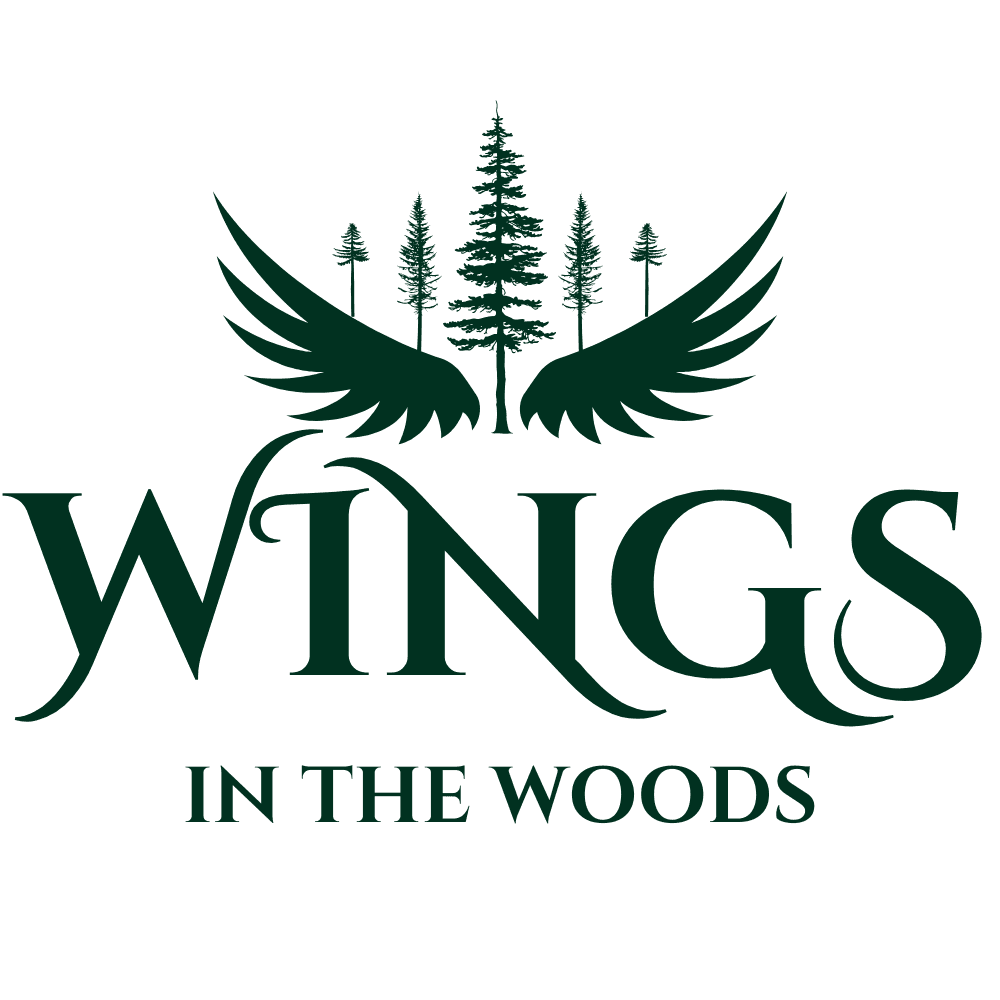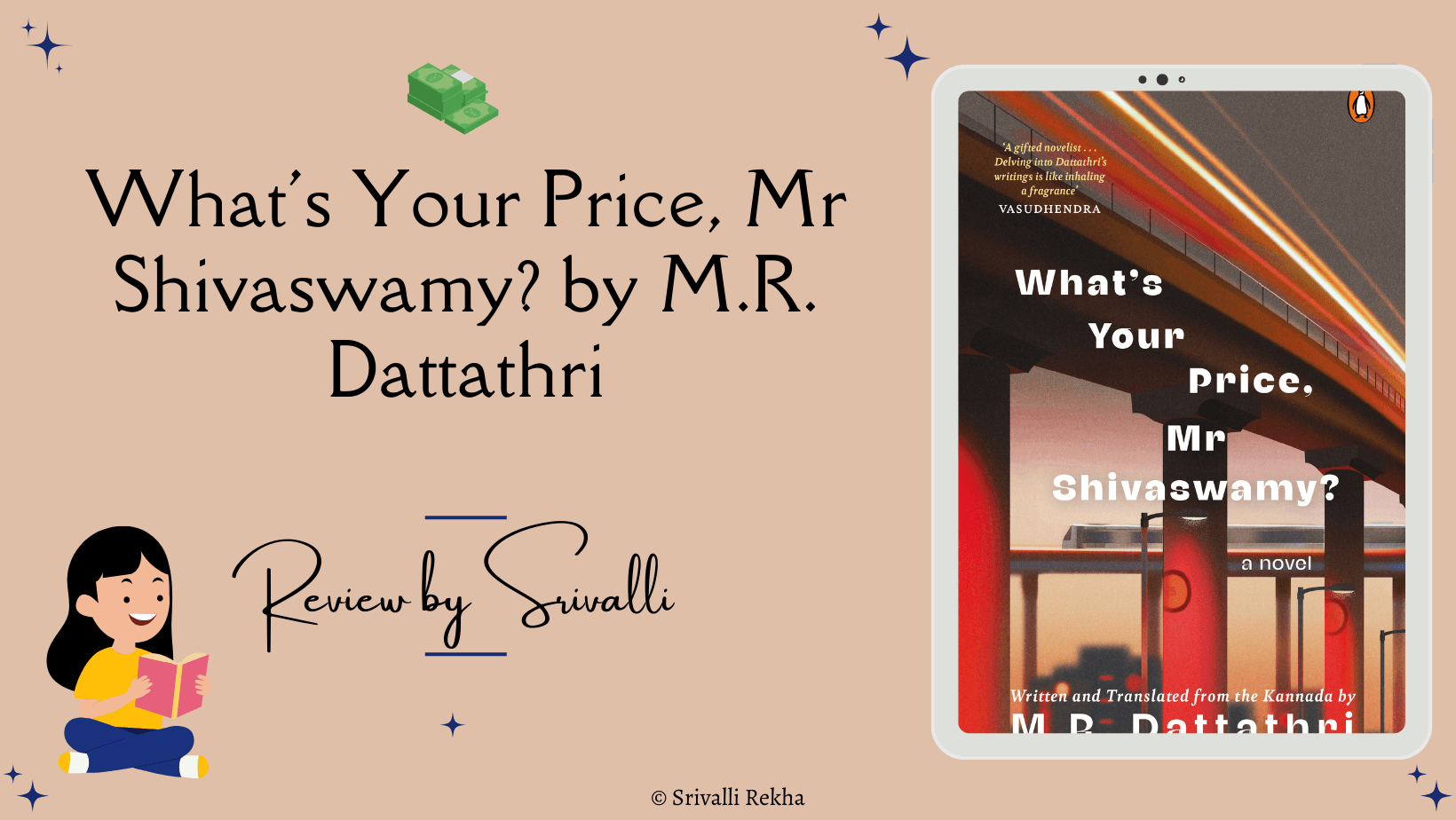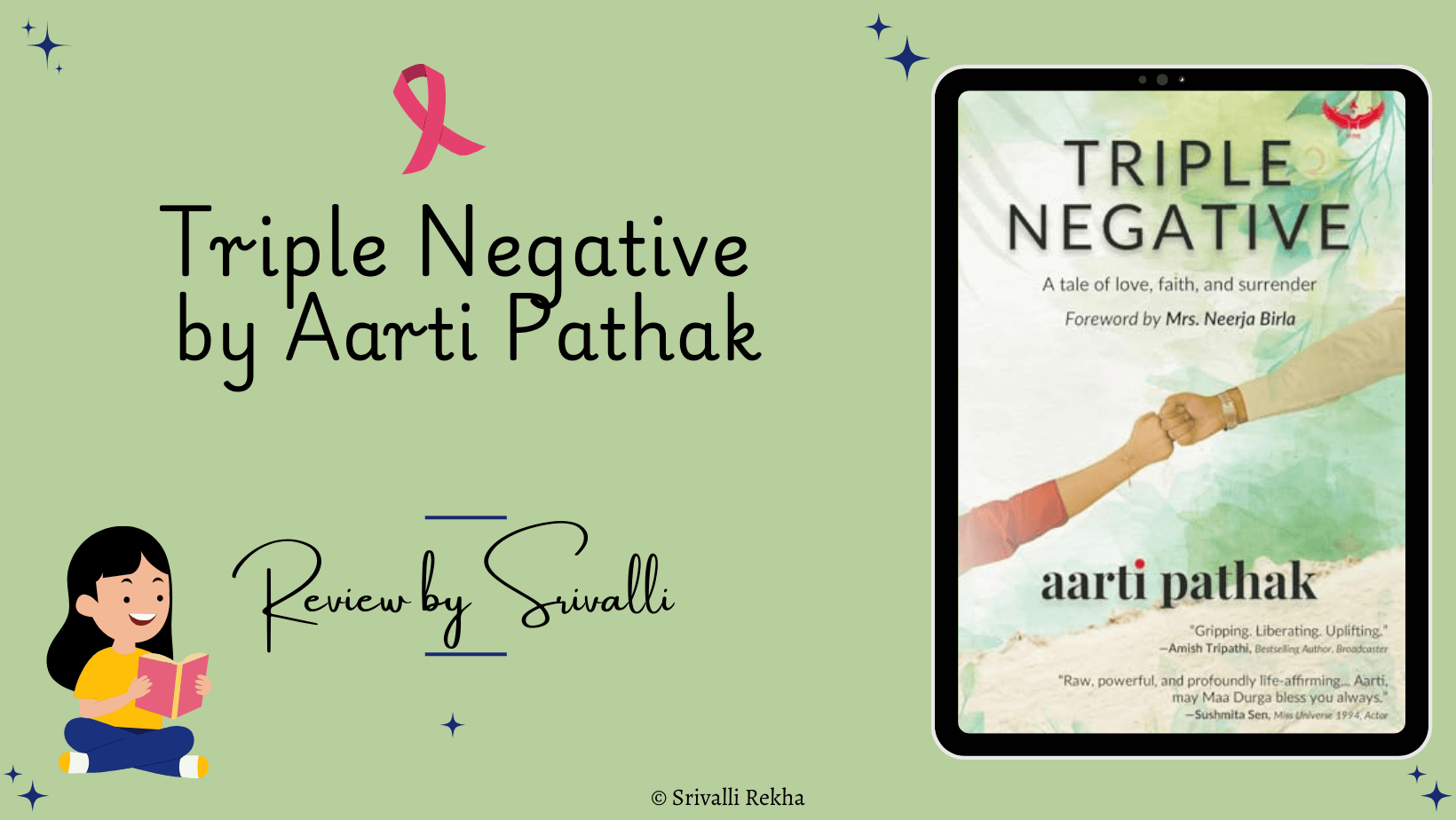We have new writers joining the room every day- each of them in different stages of writing. We have poets who are prose writers, poets who are taking baby steps in prose and prose writers who are trying poetry.
Wouldn’t it be nice to know a few basic things or differences between prose and poetry while understanding the mixed formats as well?
What is prose?
It is a straight forward way of representing the thoughts of a person. The prose is usually pragmatic (though fiction is imagination mixed with pragmatism). The aim of prose write up is to convey a message, a story, or a piece of information to the readers.
There will be no line breaks. Prose has clear sentences with proper punctuation (full stop, comma, colon, semicolon, a hyphen, etc.) It has clear paragraphs, dialogues which take forward the theme/ idea of the plot. Prose can be fiction, non-fiction, short story, essay, article, or blog.
What is poetry?
Using expressive or decorated language to talk about a theme/ emotions in a unique style can be termed as poetry. Poems have rhymes, meters, structure, styles, and such. It is mostly imaginative in nature and is aimed at making a reader experience something.
The lines in a poem are called verses, and a group of verses is called a stanza. A poem can be made of any number of stanzas. The meters, rhymes used to play a dual role. They act as decorative touches while giving the poem a structure that makes it memorable to the readers.
The rules of grammar are equally important in poetry. Punctuation or the lack of it should serve a definite purpose of informing the reader about where to pause, where to break the verse, and how to understand a phrase.
————-
Now, can verses be written as a single paragraph be called prose?
Can a sentence be broken to look like a stanza become a poem?
The answer is NO.
Why? Look at this example.
A) Needles pricked my arm. Head pounded like crazy. Parched mouth heavy with cigarette taste, it took effort to crack open my eyes. Blinking a few times, the features facing me became clear. Well groomed beard, messy hair covering his forehead, he was relaxed and naked.
B) Needles pricked my arm
Head pounded like crazy
Parched mouth heavy with cigarette taste
It took effort to crack open my eyes
Blinking a few times
The features facing me became clear
Well groomed beard
Messy hair covering his forehead
He was relaxed and naked.
(C) Needles
Pricked my arm, Head
Pounded
Like crazy, Parched
Mouth heavy with
Cigarette taste, It took
Effort to crack
Open
My eyes, Blinking a few
Times
The features facing me
Became clear. Well groomed
Beard, Messy hair
Covering
His forehead, He was relaxed and
Naked.
How easy or difficult does it get to read all three versions?
(A) is prose.
(B) is prose presented in verse.
(C) is disjointed prose made to look like poetic prose.
When we read the example (A) we know where to pause, where to break a sentence. When reading (B) we can still grasp what the writer is trying to convey. Why is it? Because the sentences have clear line breaks that are almost in sync with the prose format. It is not the easiest though. Moving on to the example (C), we must admit it looks intriguing to the reader. So how easy is it to read?
————–
Here is another example:
- Xanthe,
A lover of rustling autumn
Night and day counted the leaves
Twirling among the tired trees
Hand in Hand with magic
Obsessing over the tiny stems of brown
Plucking the dead twigs with love
Hanging them in the open sky
Yellow, orange, and red, she painted the colors
Life, Xanthe knew, was no more in them
Loyal her heart was, saving them among the pages of an old favorite book.
2. Xanthe a lover of rustling autumn night and day counted the leaves twirling among the tired trees hand in hand with magic obsessing, over the tiny stems of brown plucking the dead twigs with love hanging them in the open sky. Yellow, orange, and red, she painted the colors life Xanthe knew was no more in them loyal her heart was saving them among the pages of an old favorite book.
Look at the above two. Which of these is easier to read and understand? The first one, without a doubt. That’s because it was written as a poem and rearranged into a paragraph.
Do you see why poetry and prose are two different things? That said, there are hybrid formats called poetic prose and prose poetry (almost used interchangeably). Prose poetry is different from the free verse style of poetry.
But, these formats have rules.
Prose poetry is written like prose (in a paragraph) and reads like a poem. It has imagery (visuals), imagination, metaphors, symbols (that are usually found in poetry). This is something on the lines of descriptive or purple prose*. The punctuation is maintained in the right places to help readers grasp the essence of the work. Natural rhythm, alliteration, repetitions are used to emphasize a point. But, the text resembles a block of paragraph (s).
Can prose not be written in poetic style? The arguments could go on, and yes, it can be. So do we simply break up the sentences and arrange them as a stanza? The answer is no.
Read (C) of the first example again. Disjointed verses do not make poetry, nor do they make prose. The prose written in poetic style should follow the line break rules of poetry. A line break is used to denote the end or a pause in the thought that can either continue or take a new turn in the consecutive lines.
So when does prose poetry work best for the writers?
One aspect would be when writers have an abstract idea for a poem but are not sure how it would look when presented in poetic format. The paragraph structure of prose poetry enables the writer to present the abstract thought in a smoother flow of words.
Having said that, writers are encouraged to try new forms. Yet, they are asked to ensure that the grammar is not affected by the experiment. Thinking, writing, speaking are three different aspects, and each of them, when presented, has a structure unique to its own.
That is the reason why plays, screenplays, description, dialogues, thoughts when written are presented differently from each other to maintain the distinction.
In the coming days, we will learn a little more about imagery.
Until then, happy writing.
————-
*Purple Prose: It is prose that is extravagant or flowery as to break the flow and draw excessive attention to itself. Adjectives, adverbs, and metaphors are extensively used.
Note: Thank you, Seema Taneja, for the inputs.
The text for the first example is from the story By My Side and the poem (second example) is from the blog of the writer. She holds the copyright to both of them.



